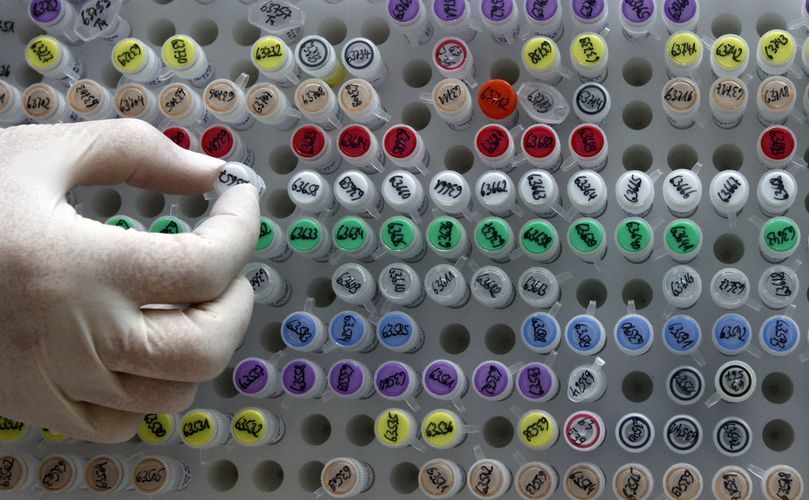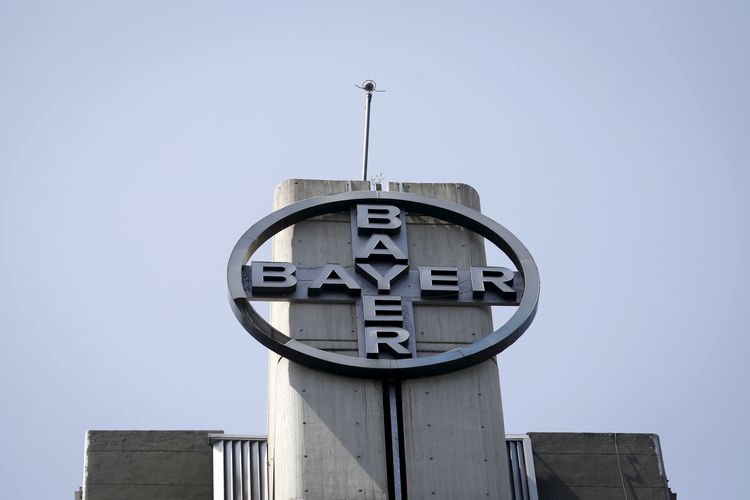Germany’s largest drug-maker is no stranger to the bond market and has hooked many a juicy worm. Last year was no exception, with banks eager to take whatever sliver of yield they could get.
Every major corporate has a unique relationship with bonds. Some print them like they are going out of fashion, while others fear the very notion of going into debt, however briefly, seeing it as a funding measure of last resort.
Then there are those corporates that always seem content in their own skin. Typically large and mature, they issue debt securities either when conditions are ripe, or when pursuing a merger (or absorbing smaller or struggling prey). More often than not, they find a willing and receptive audience. Investors bend their knee – happy, particularly in the current super-low interest rate environment, to take whatever sliver of yield they can get.
Such a firm is Bayer. The 150-year-old multinational, once famed for commercialising the production of aspirin and heroin, has long been Germany’s largest drug-maker.
In October 2014, it became a little bigger, after finalising its purchase of US rival Merck’s consumer care business for US$14.2bn. The deal allowed it to expand its share of the growing over-the-counter drugs trade by snapping up leading cold, allergy, dermatology and flu brands.
It also allowed Bayer to tinker with print structures. In July 2014, it brought a dual-tranche hybrid to market, raising €1.75bn (US$1.97bn) through a 2075 non-call six issue that yielded 3%, and a 2074 non-call 10-year that yielded 3.75%.
The decision to issue in euros was a straightforward one for the German drug-maker, said Sarwat Faruqui, head of corporate syndicate at Citi.
“It made sense for them to print in their natural currency, in that they were primarily focused on strengthening their balance sheet,” she said.
Do it well, do it quickly
BNP Paribas, Barclays, Citigroup, and HSBC were mandated to lead the deal, which was rushed into action as soon as Bayer secured approval from European and US competition regulators.
“When you’re talking about largish volumes of hybrid debt issued over a very short period of time, it’s critical that you do it well and you do it quickly,” said a banker involved in the sale.
By issuing the hybrid first, the Leverkusen-based firm was also able to maintain its Single A rating. It wasn’t the first time that year that Bayer had tapped the debt markets to hook a juicy worm. In early 2014, it flirted briefly with a hybrid print before issuing €2.5bn worth of senior notes, in part to pay for the purchase of Norwegian biotechnology firm Algeta.
Investors flocked to that sale, just as they did later to the July hybrid, attracted as much by the scarcity value of a Bayer bond as by the corporate’s brand strength.
“Bayer doesn’t come to market that often,” said Citi’s Faruqui. “They’re a very cash-generative company, and they don’t do financing unless they have a good reason to. So when they do visit the market, everyone pays attention.”
After the July hybrid came the larger but rather less flavourful main course. The bulk of the financing for the Merck acquisition had been carefully set in place. It came largely from two sources: a one-year, US$12.2bn bridge to bond facility, and a US$2bn, four-year term loan, underwritten by BNP Paribas, Mizuho and Bank of America Merrill Lynch.
The deal had implications beyond its sheer scale. At the time, it was the largest US-dollar loan facility launched by a German corporate borrower since 2007. It also presaged the return of big-ticket, loan financing-led European M&A deals. The bridge loan paid out an initial margin of 25bp over Euribor, while the term loan paid 50bp.
Hard work starts
Nor was Bayer finished. An issuer more at ease with steadily accumulating and hoarding cash than with going into debt (however briefly) to fund its long-term plans, it surprised pretty much everyone as the first quarter came to a close.
In the last week of March 2015, the firm issued a bumper hybrid drive-by print, setting out to market a 60-year non-call benchmark hybrid with a yield of 2.625%–2.75%, before finalising guidance on the €1.3bn print at 2.45%.
Investors again piled in, with the order book topping out at €5.5bn. Fund managers bought the bulk of the sale, which was underwritten by Deutsche Bank, Societe Generale, and RBS.
Now, for bankers at least, the hard work starts again. Banking a blue chip that regularly dips its beak into the debt markets isn’t simple, but it can be easier than dealing with intermittent issuers like Bayer. How do bankers go about reminding such blue chips that they exist?
“There is no substitute for being in constant contact with corporate clients,” said a debt banker at a leading European lender.
“You need to make them aware of interesting and exciting opportunities. So if there’s a reason for them to consider a 30-year print that day, even if there’s one chance in a hundred they’ll even consider it, it would be remiss of you not to mention it in passing. It’s all about laying the groundwork.”
To see the digital version of this report, please click here
To purchase printed copies or a PDF of this report, please email gloria.balbastro@thomsonreuters.com

